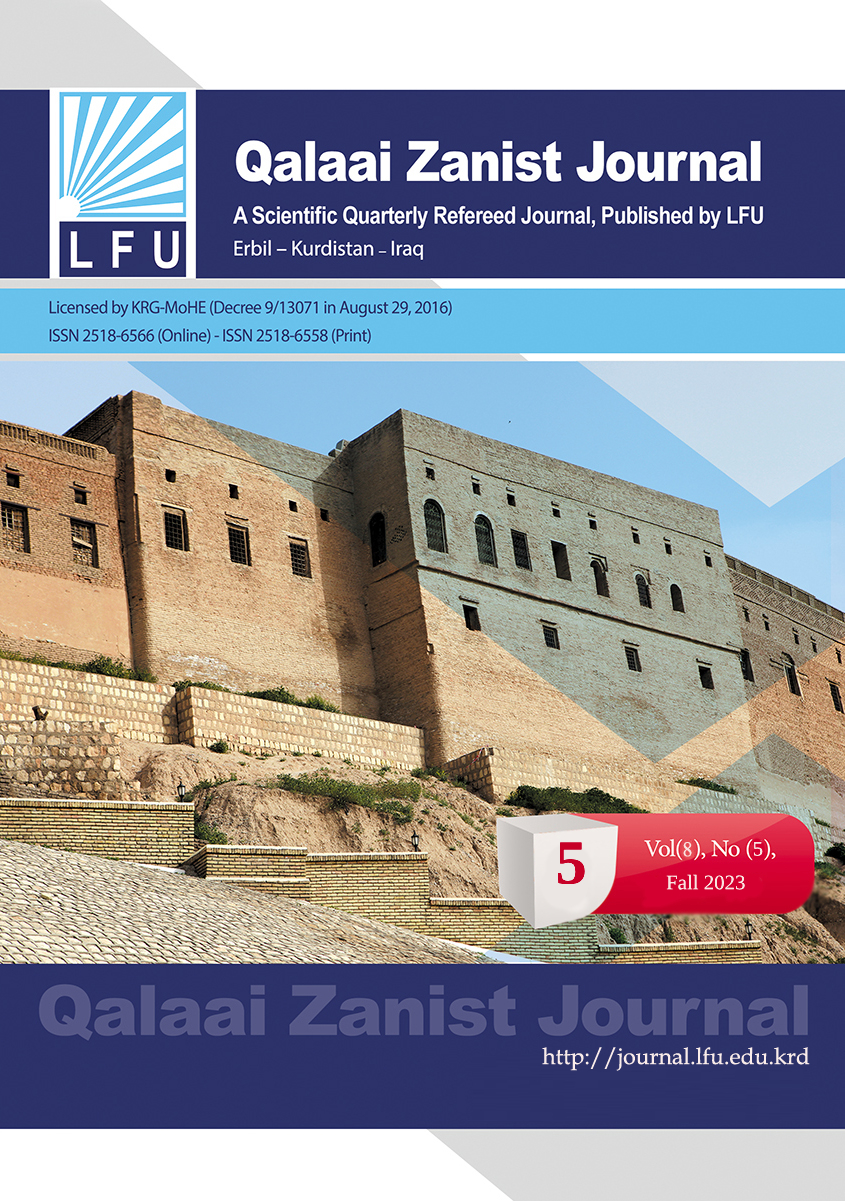The role of body language in teaching methods
##plugins.themes.bootstrap3.article.main##
پوختە
This research intends to evaluate the importance of body language in teaching methods and to present the function and position of body parts, their effect on student admittance and guidance, and how these factors can assist students learn effectively. Also, which type of body part makes the most substantial contribution to teaching and whether this type is effective or not.
Body language refers to the nonverbal cues that people use for everyday communication, such as facial expressions and body movements, through which information can be conveyed without being spoken, usually it makes up 50% to 70% of communications, so a thorough understanding of it is important to clarify the conversation. Educators who teach in different session need words and body language to communicate effectively with students. If body language is used properly, the intended idea is delivered to students more effectively and efficiently. This article illustrates the benefits of instructors acting as both competent givers and recipients of nonverbal cues. The study was qualitative research; a survey form technique was used. Students' opinions were sought on the importance of teachers' use of body language during teaching.
##plugins.generic.usageStats.downloads##
##plugins.themes.bootstrap3.article.details##
چۆنییەتی بەکارهێنانی سەرچاوە
Qalaai Zanist Journal allows the author to retain the copyright in their articles. Articles are instead made available under a Creative Commons license to allow others to freely access, copy and use research provided the author is correctly attributed.
Creative Commons is a licensing scheme that allows authors to license their work so that others may re-use it without having to contact them for permission





